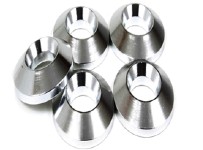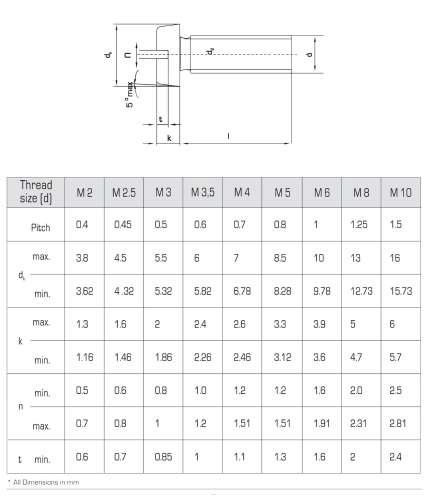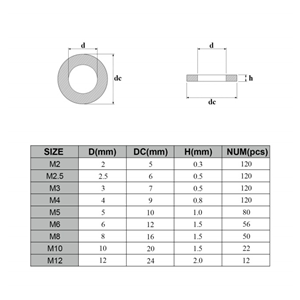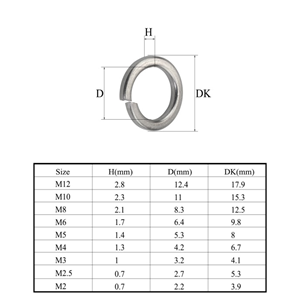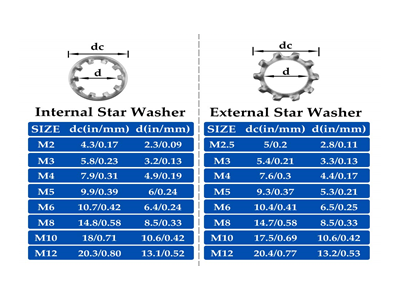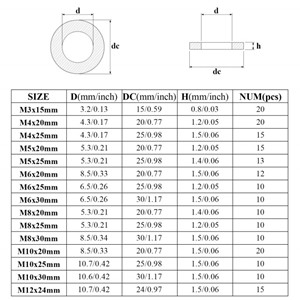- Flat washers are used to protect surfaces by evenly distributing torque when a bolt or screw is tightened. A washer is a thin plate with a concentric hole that's typically used to evenly distribute the load of a threaded fastener.
Flat Washer
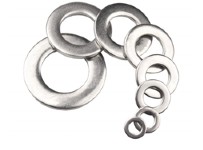
- Split ring washers use friction to prevent bolted joints from loosening. They feature a ring that has been split and twisted - creating two sharp edges. These washers are installed between the bolt head/nut and mating surface, the bolted joint is then tightened in the same way as an unsecured bolt.
Split Washers OR Spring lock washer
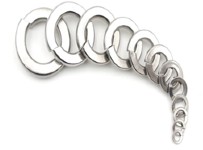
- Star washers are a specific type of washer designed to increase locking force by resisting torque applied by the nut, preventing it from unscrewing or separating. Featuring either internal or external tabs, star washers offer greater application suitability.
Star Washer OR Overlapwasher
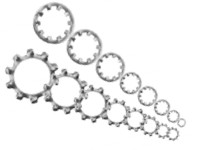
- Wave washers, also commonly referred to as wave springs or coiled wave springs, are used to absorb stress due to axial compressive loads, acting as a cushion. The waves of the wave washer provide 3, 4, or 6-point contact that results in greater load bearing capacity and a medium range of deflection.
Wave washers
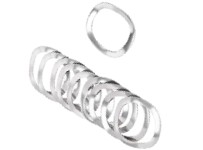
- A fender washer is a flat washer with a larger outer diameter in proportion to its center hole. They are made from a thinner gauge metal than most flat washers and are designed to spread the load on thin sheet metal. ... Often used in sheet metal, plumbing, and electrical work.
fender washer
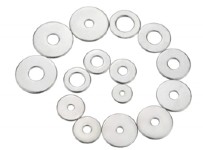
- The wedge lock washer purpose is to successfully secure a beveled wedge washer to a bolted joint, especially when the bolt is prone to loosening due to extreme vibrations or movement. Wedge washers have been meticulously tested to ensure that they can perform to their designed capabilities without loosening or breaking.
Wedge Lock Washer
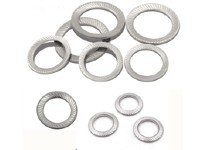
- They are also called Belleville or conical spring washers. Belleville washers are typically used in conditions of high current loading or cycling. They are used to absorb vibration and can maintain preload in bolted joints, indicating correct preload based on the gap between adjacent washers.
Conical spring washers
